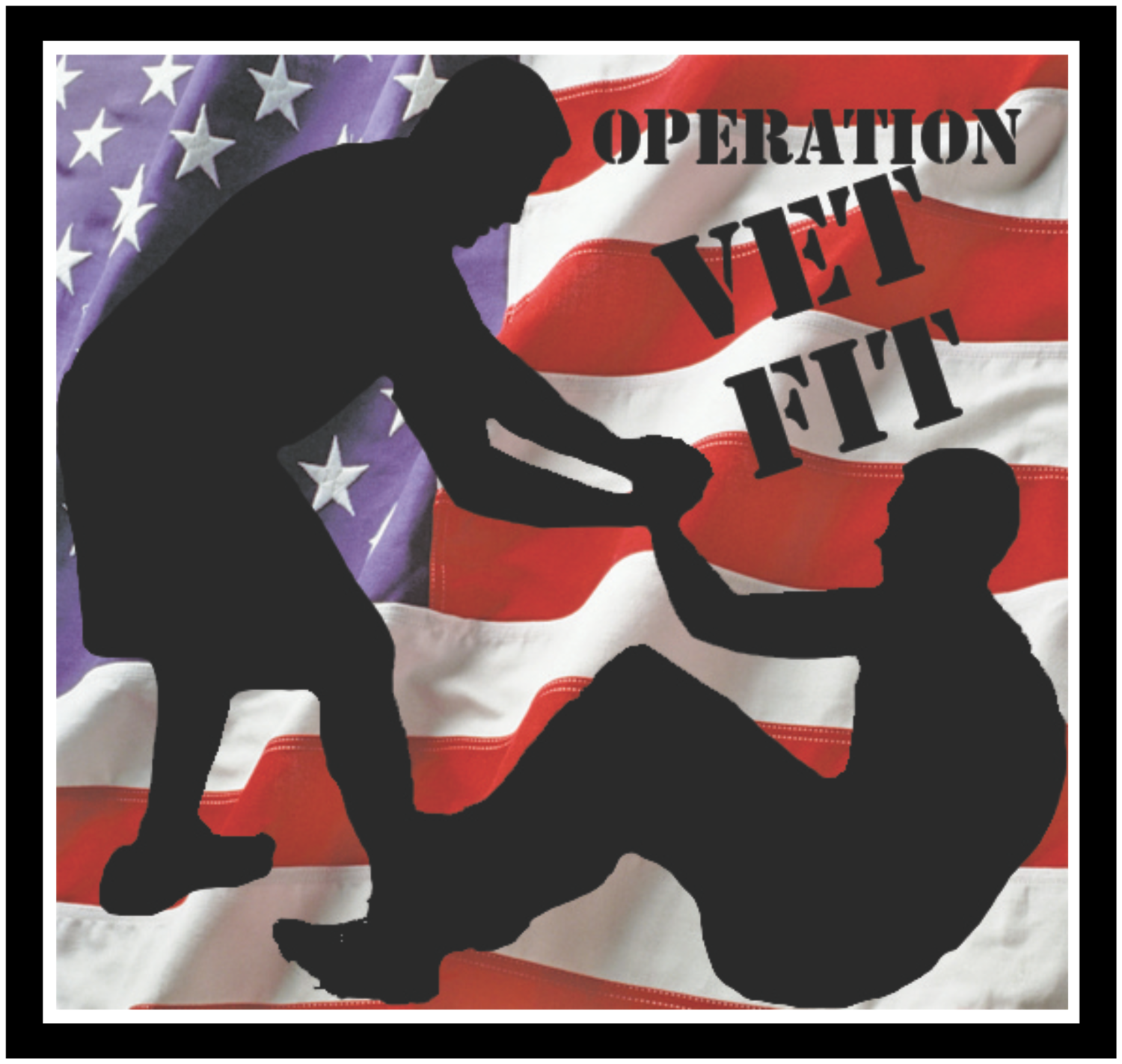Background: Beginning on March 24th, 2020 and covering the first eight weeks of the global coronavirus pandemic, Operation Vet Fit performed research to investigate any impact the Coronavirus Pandemic might be having on the general population specific to changes in levels of depression, anxiety and well-being. Charts below represent data collected between March 24 - May 20 2020.
Supplemental questions regarding religion, political affiliation, weight gain or loss, media sources relied upon, and how much news is being watched are also detailed in the graphs below. None appear to have demonstrated significant differences in the direction of the data over time.
Results: The short answer is that we see no statistical changes (either way) in anxiety, depression or well-being amongst our small population sample (n=21). Quite possibly demonstrating that Americans who fall into this segment of the population are far more resilient, and strong than hypothesized.
Considerations: This study did not look at differences across States with differing “Stay-in-place” restrictions. This appears to be an area where we are now witnessing more acts of civil disobedience due to frustration with government regulations specific to the COVID-19 pandemic. Nor did this study investigate racial or economic differences across the population.
Measures
Anxiety. Generalized Anxiety Disorder (GAD) was measured using the 7-item (GAD-7), a valid and efficient tool for screening for GAD and assessing its severity in clinical practice and research. The 7-item anxiety scale (GAD-7) demonstrates good reliability, as well as criterion, construct, factorial, and procedural validity. The internal consistency of the GAD-7 is excellent (Cronbach α = .92). Test-retest reliability was also good (intraclass correlation = 0.83). Comparison of scores derived from the self-report scales with those derived from the MHP-administered versions of the same scales yielded similar results (intraclass correlation = 0.83), indicating good procedural validity.
Depression. Patient Health Questionnaire (PHQ-9)Is a self‐administered version of the PRIME‐MD diagnostic instrument for common mental disorders. The PHQ‐9 is the depression module, which scores each of the 9 DSM criteria as “0” (not at all) to “3” (nearly every day). In addition to making criteria‐based diagnoses of depressive disorders, the PHQ‐9 is also a reliable and valid measure of depression severity. These characteristics plus its brevity make the PHQ‐9 a useful clinical and research tool. The internal reliability of the PHQ‐9 with a Cronbach's α 0.89. Test‐retest reliability of the PHQ‐9 is also high at 0.84.
Affect. The Positive and Negative Affect Scale (PANAS) is a 20-item self-report measure that assesses perceptions of positive and negative affect (Watson et al., 1988). It consists of two 10-item scales: one for positive affect and one for negative affect. Respondents rate single-word items describing positive or negative emotions on a scale from 1 (very slightly or not at all) to 5 (extremely). Scale scores range from 10 to 50, with higher scores indicating higher levels of positive or negative affect. Normal values for positive affect are 31.31 (SD = 7.65), and values for negative affect are 16 (SD = 5.9) (Crawford & Henry, 2004). In the present study, internal consistency was 0.92 for the positive affect scale and 0.90 for the negative affect scale.
Procedures
Each of the three measures were completed using an online platform at the time of participant registration, upon completion of informed consent. Then again every seven days. An email and/or text message was sent to each participant which included a direct link to complete the scales. All were completed using each participant's personal smart-phone or computer. Upon submission of the scales, the quantitative data were saved, with a date and time stamp, to a cloud-based spreadsheet file for future statistical analysis.
Other Information Gathered








